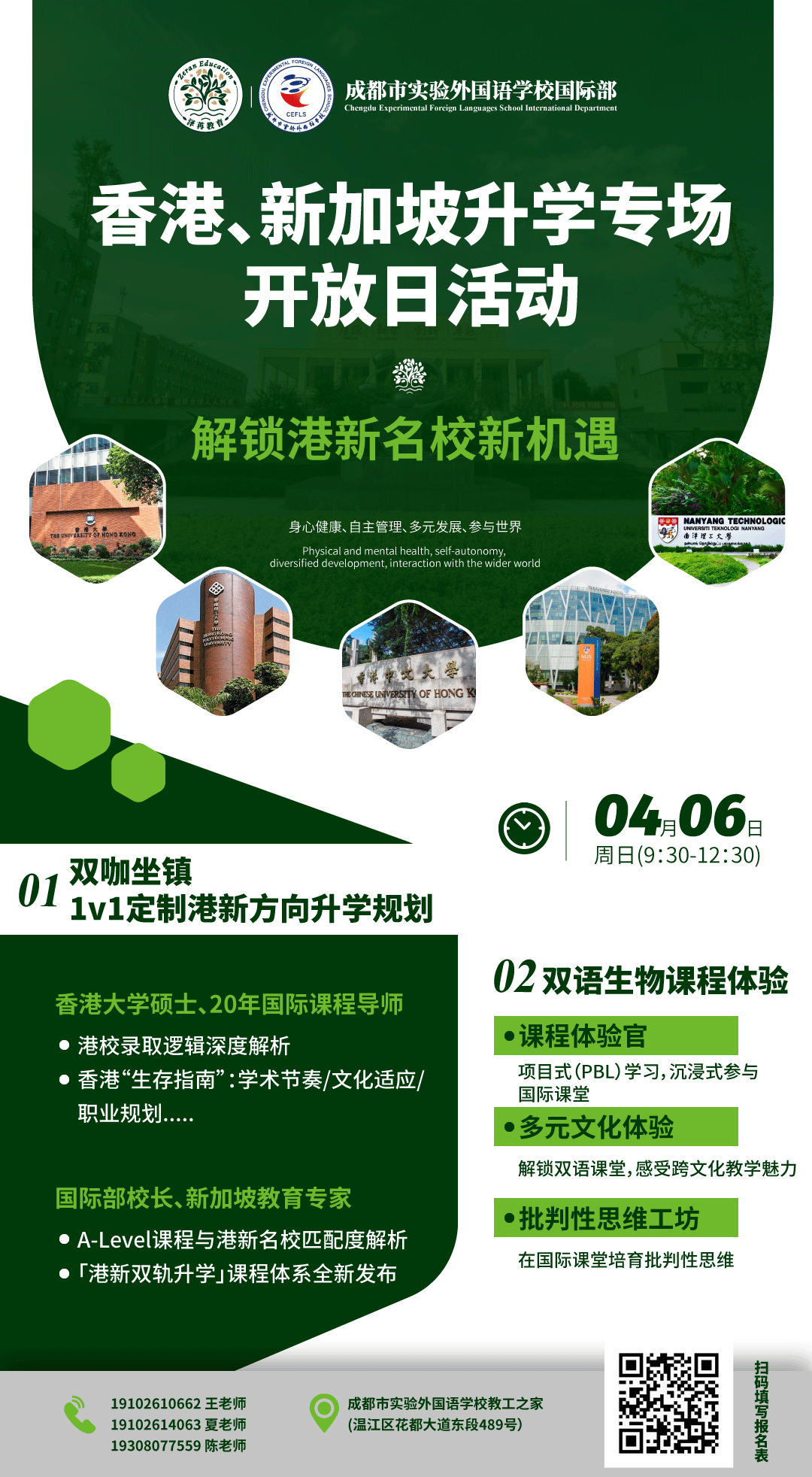综合写作的5分标准要求内容的complete & accurate.
但是成绩单上我们也看不到自己的小分,我们看到的都是30分制的一个总分,所以不知道自己的综合写作有没有实现满分。
有一个比较简单的判断方法是如果总分没有到28+的,那么综合写作肯定没有实现满分,如果是25-28间的,就是细节的完整性有问题。如果是不到25的,那么高概率是miss a point 了。
miss a point 相对好判断,就是3个观点对应的细节有一个听的没有那么好,导致记录的信息比较少,或者记录信息的准确度有问题。
但是一个25左右同学,想到28+,如果去提高综合写作的细节完整度呢?
一个简单的例子来说下这篇文章里的完整度的问题。
59 的综合写作
文章讲的是Laos 发现的 Jars 到底是干什么用的,阅读提出了3个解释,听力对于3个解释分别反驳。
听力的文本是这样的(为了呈现上的直观性,这里就直接放文本了)
Despite what you just read, the Plain of Jars is actually quite mysterious. The purpose of the jars is still uncertain.
First, the fermentation theory is probably not true. In Laos pots that are traditionally used to ferment drinks are made of clay. You could use stone jars for fermentation too, but frankly, creating stone jars is difficult. Creating stone containers is much more time consuming and expensive than making containers from clay. Why would ancient people have expended all this effort on creating stone jars for fermentation when clay pots were easier to make and could have served the same purpose just as effectively?
Second, it's unlikely that the jars were created for the purpose of storing water for travelers. Although the jars were located near ancient trade routes, these routes were also close to rivers and streams. People who were traveling near a river probably had no need for an additional source of fresh water, so it's unlikely that the jars would have been used for this purpose.
Third, the large size of the jars and the presence of tools, beads, and jewelry in some jars suggests that the jars may have been used as tombs for burying human remains, but there is one serious problem with this theory. Tombs are usually covered in order to protect the human remains and artifacts that are buried alongside them from the weather, from thieves, and so on. But the stone jars found in the plain of jars do not have any covers. No one has found any type of cover either on the jars themselves or nearby. Without covers to protect the human remains, it's unlikely that the jars were used as tombs.
一共字数是283个。
我们都知道综合写作的时候听力细节是很重要的,如果做到最完成,当然是把听力的内容都接收下来。当然这个如果可以实现,就没有必要克制自己,把内容都接收下来就好。
只是一般来说可实现性不高:那么下面简单标识下接受到了哪些内容能到25+;又需要哪些内容能到28+
25以上的听力细节要求
(以下橘色部分内容包含就好)
Despite what you just read, the Plain of Jars is actually quite mysterious. The purpose of the jars is still uncertain.
First, the fermentation theory is probably not true. In Laos pots that are traditionally used to ferment drinks are made of clay. You could use stone jars for fermentation too, but frankly, creating stone jars is difficult. Creating stone containers is much more time consuming and expensive than making containers from clay. Why would ancient people have expended all this effort on creating stone jars for fermentation when clay pots were easier to make and could have served the same purpose just as effectively?
Second, it's unlikely that the jars were created for the purpose of storing water for travelers. Although the jars were located near ancient trade routes, these routes were also close to rivers and streams. People who were traveling near a river probably had no need for an additional source of fresh water, so it's unlikely that the jars would have been used for this purpose.
Third, the large size of the jars and the presence of tools, beads, and jewelry in some jars suggests that the jars may have been used as tombs for burying human remains, but there is one serious problem with this theory. Tombs are usually covered in order to protect the human remains and artifacts that are buried alongside them from the weather, from thieves, and so on. But the stone jars found in the plain of jars do not have any covers. No one has found any type of cover either on the jars themselves or nearby. Without covers to protect the human remains, it's unlikely that the jars were used as tombs.
28 以上的听力细节要求
Despite what you just read, the Plain of Jars is actually quite mysterious. The purpose of the jars is still uncertain.
First, the fermentation theory is probably not true. In Laos pots that are traditionally used to ferment drinks are made of clay. You could use stone jars for fermentation too, but frankly, creating stone jars is difficult. Creating stone containers is much more time consuming and expensive than making containers from clay. Why would ancient people have expended all this effort on creating stone jars for fermentation when clay pots were easier to make and could have served the same purpose just as effectively?
Second, it's unlikely that the jars were created for the purpose of storing water for travelers. Although the jars were located near ancient trade routes, these routes were also close to rivers and streams. People who were traveling near a river probably had no need for an additional source of fresh water, so it's unlikely that the jars would have been used for this purpose.
Third, the large size of the jars and the presence of tools, beads, and jewelry in some jars suggests that the jars may have been used as tombs for burying human remains, but there is one serious problem with this theory. Tombs are usually covered in order to protect the human remains and artifacts that are buried alongside them from the weather, from thieves, and so on. But the stone jars found in the plain of jars do not have any covers. No one has found any type of cover either on the jars themselves or nearby. Without covers to protect the human remains, it's unlikely that the jars were used as tombs.
通过以上的例子是一个大致的呈现,如果感觉自己听力信息接受还OK的,可以试着把类似上面28+部分的细节也在文中体现出来,这样写作部分的分数就比较稳定了。












